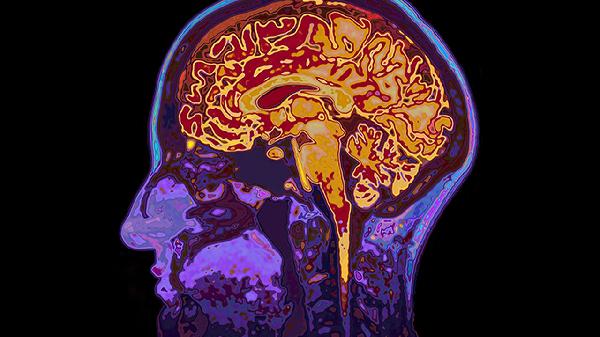Family fights can feel like emotional tornadoes—messy, unpredictable, and downright exhausting. But what if those explosive arguments weren’t just about who forgot to take out the trash or whose turn it is to load the dishwasher? What if they were actually rooted in something deeper—like unmet attachment needs?

Attachment theory isn’t just for therapists and psychology textbooks. It’s the secret decoder ring for understanding why your mom freaks out when you don’t call, why your sibling gives you the silent treatment after a disagreement, or why your dad insists on "helping" even when you’ve made it clear you don’t need it. Spoiler alert: It’s not about control—it’s about connection.
The Science Behind the Drama
Attachment theory, first developed by psychologist John Bowlby, explains how our early relationships with caregivers shape the way we bond (or clash) with others as adults. Whether we’re secure, anxious, avoidant, or a mix of all three, these attachment styles dictate how we handle conflict, express love, and—yes—why we sometimes turn minor disagreements into full-blown family feuds.
Think of it like this: If your family’s emotional wiring is a tangled mess of old patterns, attachment theory is the untangling tool. Once you recognize that your brother’s defensiveness isn’t about you but his fear of rejection, or that your mom’s nagging comes from a place of care (not criticism), suddenly those fights start making a lot more sense.
Breaking the Cycle
So how do you shift from conflict to connection? First, recognize the patterns. Does your family default to yelling? Silent treatments? Passive-aggressive comments? These are all coping mechanisms—ways to protect attachment needs when they feel threatened.
Next, practice naming the real emotions behind the fight. Instead of saying, "You never listen to me!" try, "I feel unheard, and that makes me feel disconnected from you." It sounds simple, but this reframing can be a game-changer because it speaks directly to the attachment need—belonging, safety, or validation—instead of just venting frustration.
The Power of Repair
No family is perfect, and ruptures happen. The magic isn’t in avoiding fights altogether (good luck with that) but in repairing them with intention. A genuine "I see why that hurt you" or "I didn’t mean to make you feel that way" can rebuild trust faster than sweeping the issue under the rug.
Attachment isn’t just about childhood—it’s a lifelong dance. The more you understand your family’s emotional blueprints, the easier it becomes to navigate clashes with empathy instead of anger. And who knows? That sibling rivalry or parental tension might just transform into something deeper: real, secure connection.
So next time a family fight erupts, take a breath and ask yourself: What’s the attachment need beneath this? The answer might just be the key to turning conflict into closeness.
























